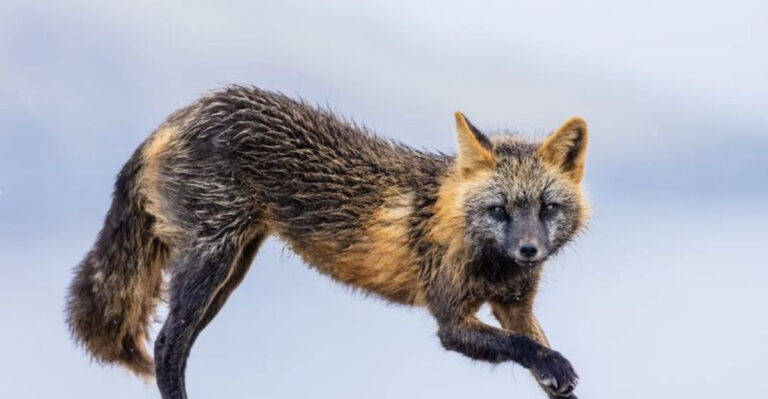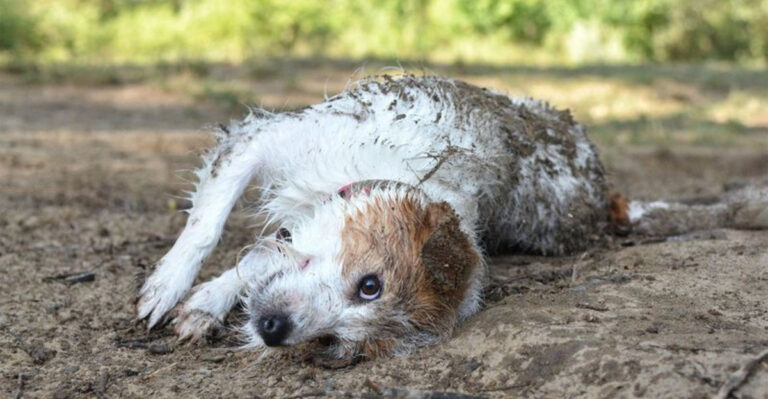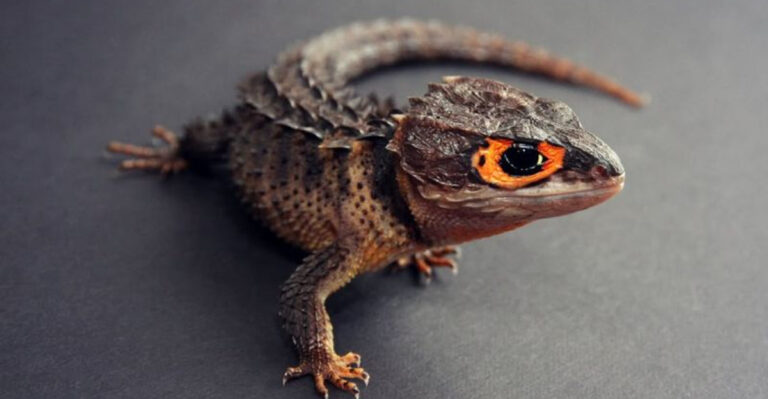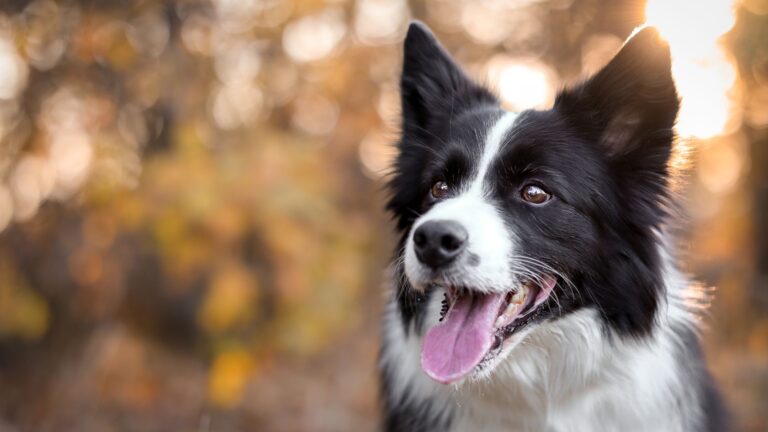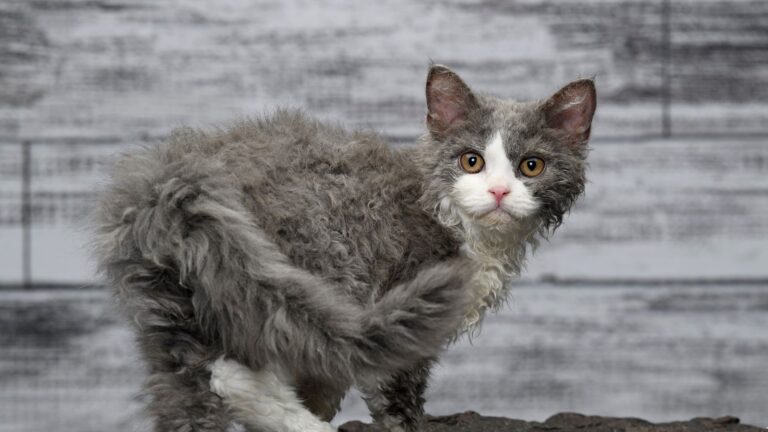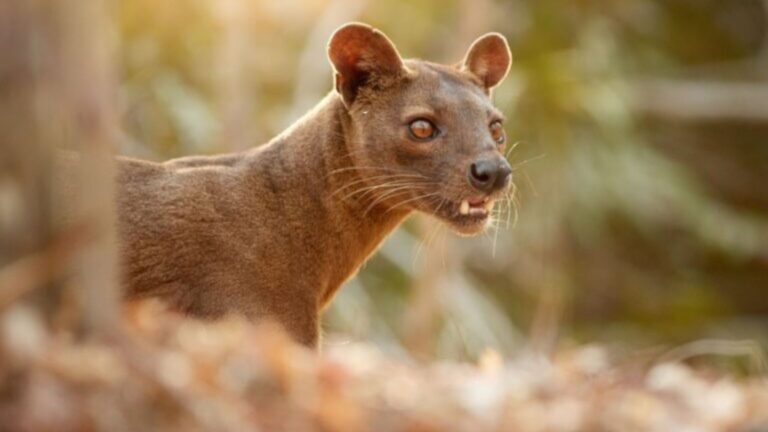15 Incredible Green Animals That Prove Evolution Has A Wild Side
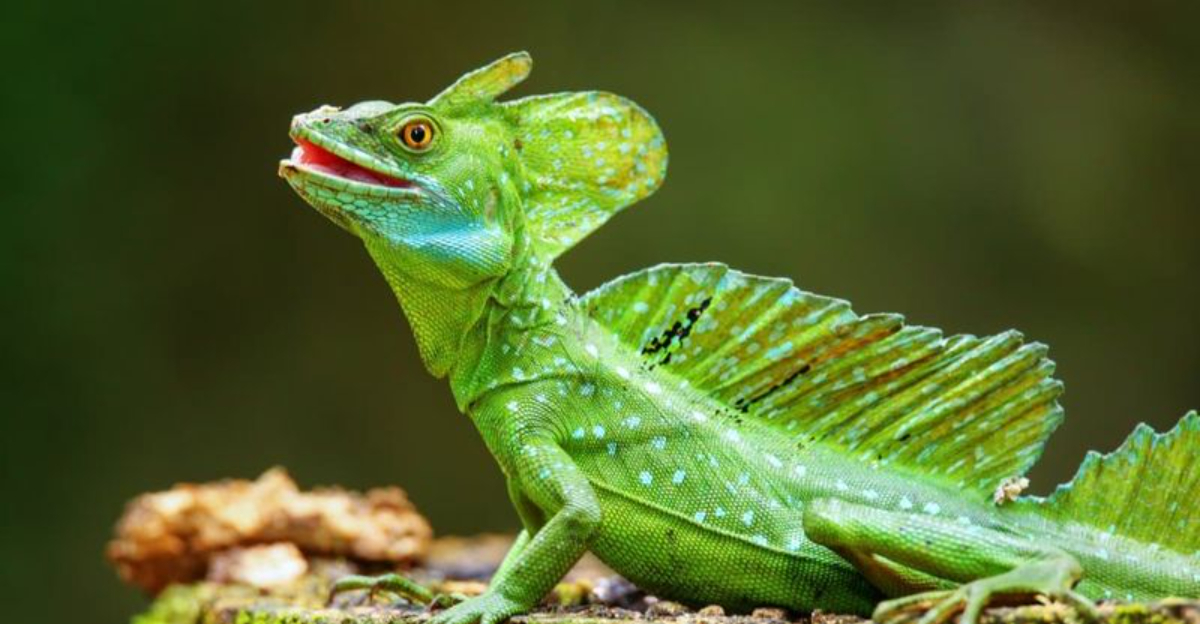
Nature’s color palette is truly extraordinary, and green animals represent some of the most fascinating creatures on our planet.
From masters of camouflage to vibrant showstoppers, these emerald-hued beings have evolved remarkable adaptations that help them survive and thrive.
The following green animals demonstrate just how creative evolution can be, showcasing nature’s ability to produce stunning, sometimes bizarre, but always incredible life forms.
1. Leaf Insects
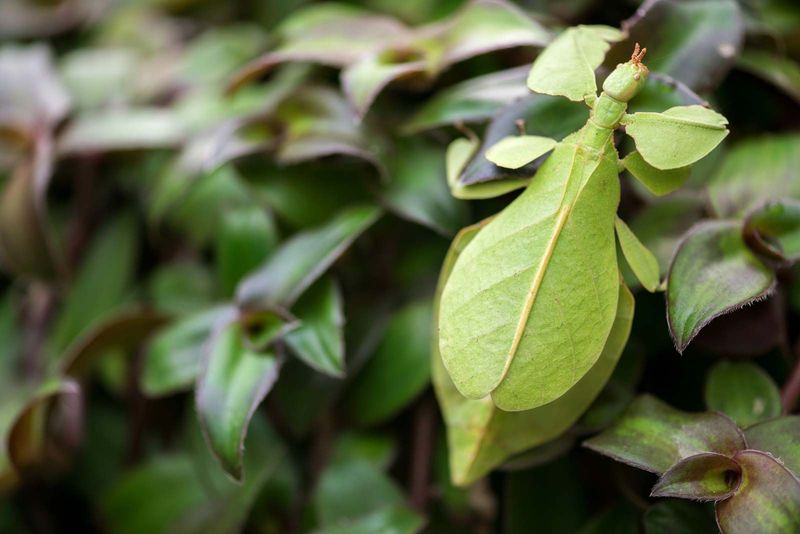
These remarkable bugs are practically invisible when resting on plants. Their bodies have evolved to mimic leaves so perfectly that even their edges appear jagged and brown – like a leaf’s decay!
Leaf insects don’t just look like foliage; they even move like leaves in a breeze. When walking, they rock back and forth, mimicking a leaf caught in gentle wind currents. This movement further confuses predators scanning for prey.
2. Luna Moth
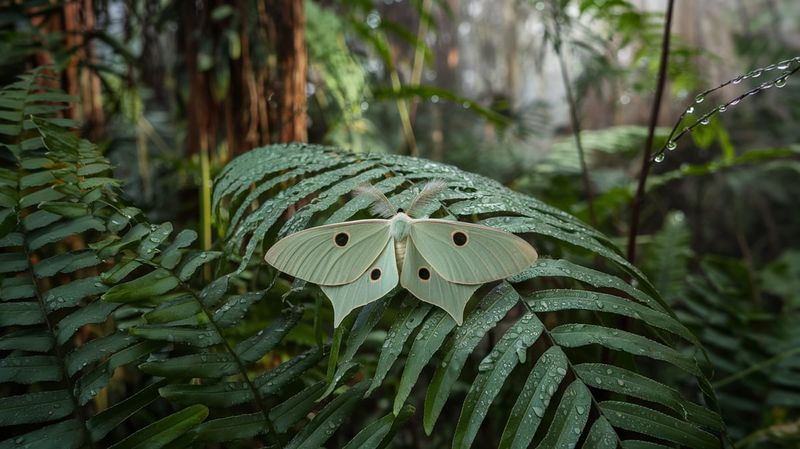
With lime-green wings spanning up to 4.5 inches, the Luna moth creates a magical sight when fluttering through moonlit forests. Their tail-like wing extensions confuse bat predators by interfering with echolocation – a clever survival adaptation.
Adult Luna moths lack mouths and digestive systems entirely! They live solely off fat reserves accumulated during their caterpillar stage, existing for just one week with a single purpose: reproduction.
3. Green Tree Python
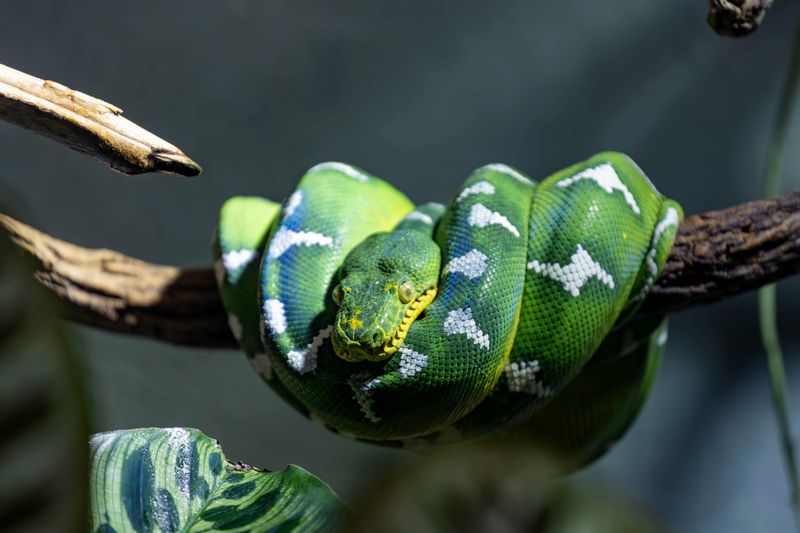
Draped around tree branches like living jewelry, green tree pythons display an almost neon intensity that seems artificial. Baby pythons actually hatch yellow or red, changing to their signature green as adults – a remarkable transformation that scientists still don’t fully understand.
Their specialized hunting style involves hanging motionless in an S-shaped position, waiting for unsuspecting prey to pass below. Heat-sensing pits along their mouths detect warm-blooded creatures even in complete darkness.
4. Mantis Shrimp
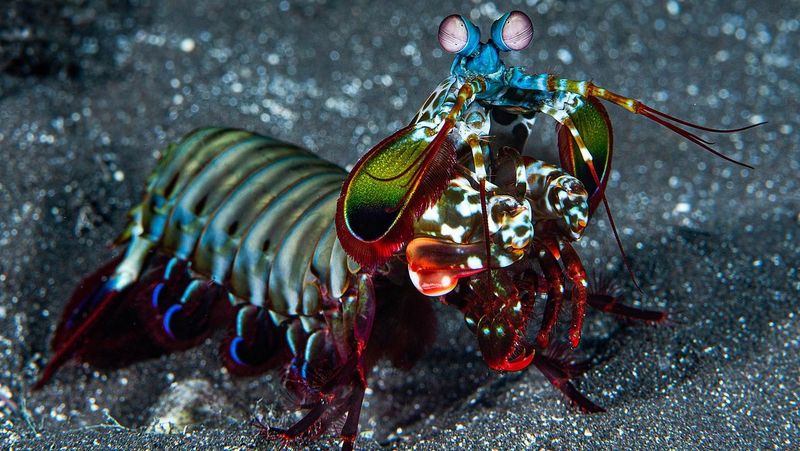
Don’t let their beautiful green exteriors fool you – mantis shrimp pack the most powerful punch in the animal kingdom! Their specialized forelimbs accelerate with the force of a .22 caliber bullet, creating cavitation bubbles that can stun prey even if the punch misses.
Beyond their fighting abilities, these crustaceans possess the most complex eyes on Earth. They can see polarized light and more color receptors than any other animal – perceiving wavelengths beyond human imagination.
5. Green Basilisk
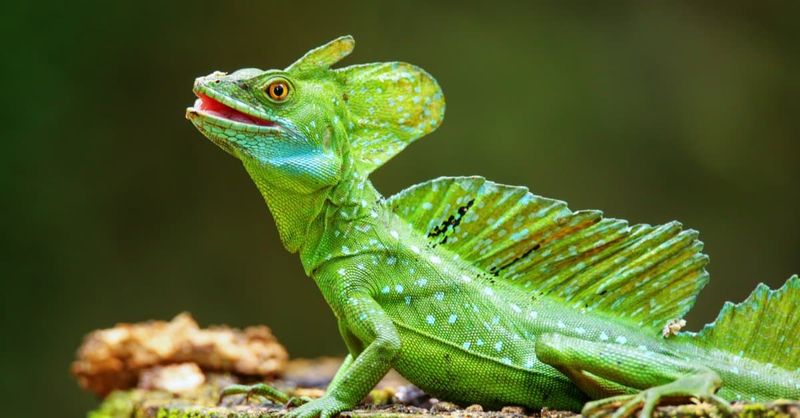
The green basilisk performs what seems like a biblical miracle – it literally runs across water! Special fringed toes create air pockets that prevent sinking when fleeing predators, allowing these lizards to sprint across water surfaces for up to 15 feet.
Males sport distinctive head crests and sail-like structures along their backs and tails. These flamboyant features aren’t just for show – they help attract mates and intimidate rivals during territorial disputes.
6. Emerald Tree Boa
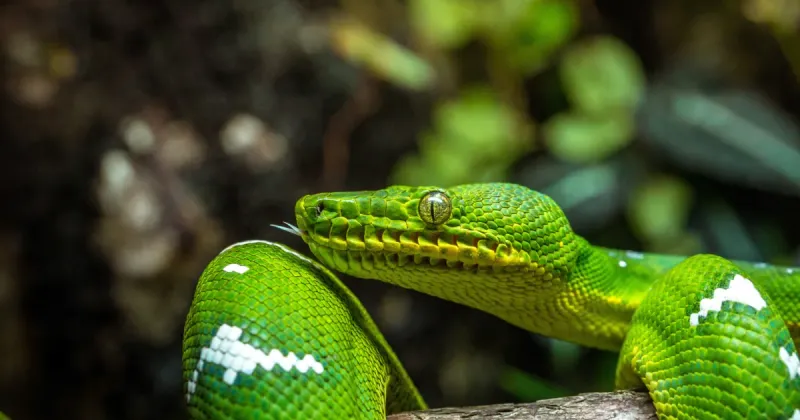
Often confused with the green tree python, emerald tree boas have evolved an almost identical appearance despite being separated by continents – a perfect example of convergent evolution. Their vibrant green scales blend seamlessly with rainforest foliage while providing a stunning contrast to their cream or yellow belly markings.
Heat-sensitive pits line their lips like a biological infrared camera, detecting warm-blooded prey in total darkness. Their specialized vertebrae allow them to extend over 75% of their body horizontally without support – an incredible hunting adaptation.
7. Green-Banded Broodsac
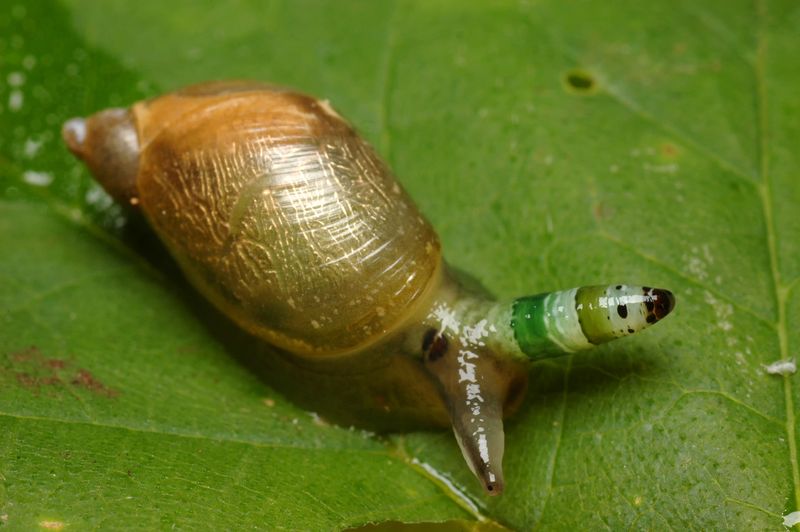
Perhaps the most disturbing entry on our list, this tiny green parasite hijacks snail brains with terrifying precision. After infection, it forces the snail to climb into exposed positions and manipulates its tentacles to pulsate with green bands that mimic caterpillars – attracting birds that eat the snail.
The parasite’s green coloration serves a sinister purpose: mimicking insect larvae to complete its life cycle. Birds eat the infected tentacles, allowing the parasite to reproduce in the bird’s digestive tract before being excreted and starting the cycle again.
8. Waxy Monkey Leaf Frog
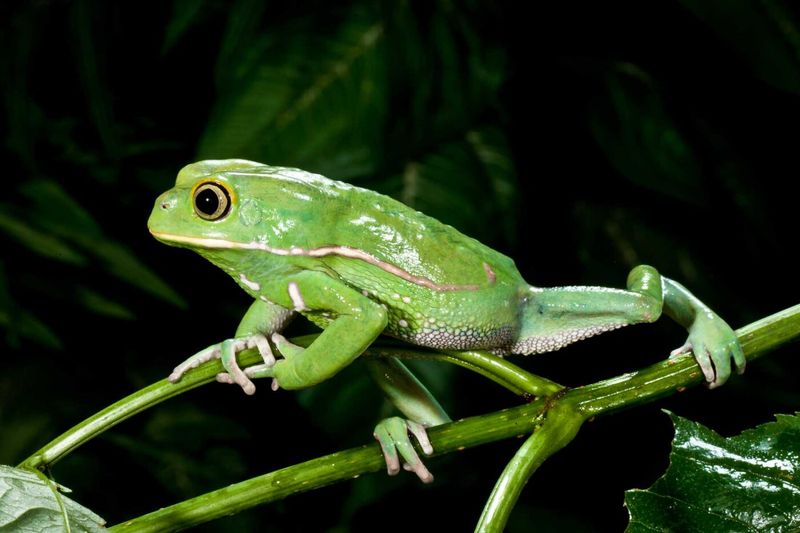
Unlike typical amphibians that need constant moisture, these remarkable frogs have evolved a waxy waterproof coating that prevents dehydration. They actually secrete a special substance to cover their bright green skin – like applying natural sunscreen and moisturizer!
Their huge red eyes and oversized toe pads create an almost cartoon-like appearance. The specialized toe pads work like suction cups, allowing them to climb vertical surfaces with ease while hunting insects in the canopy.
9. Emerald Cockroach Wasp
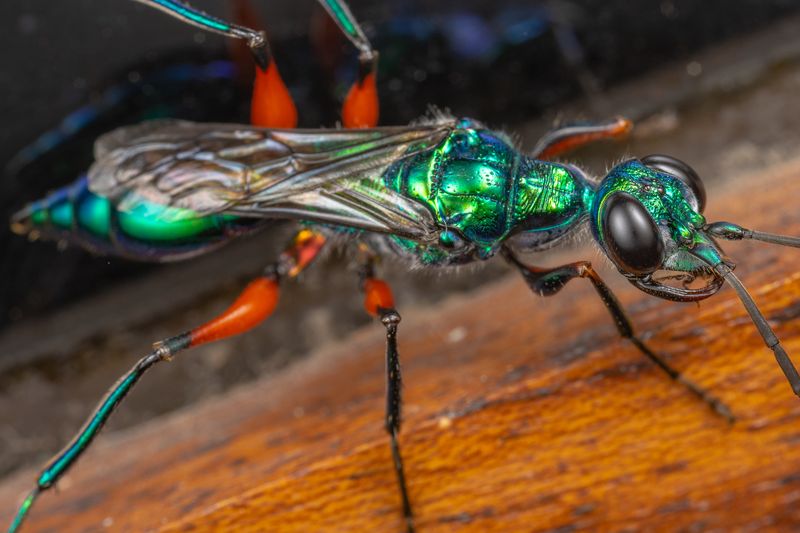
Glittering like a living gemstone, this metallic green wasp performs one of nature’s most precise neurosurgical procedures. It stings a cockroach twice – first paralyzing the front legs, then delivering a second sting directly into the brain with pinpoint accuracy to disable the escape reflex.
The zombified cockroach, still alive but unable to resist, is led by its antenna like a dog on a leash to the wasp’s burrow. There, the wasp lays an egg on the roach before burying it alive as living food for its hatching larva.
10. Green Dragontail Butterfly
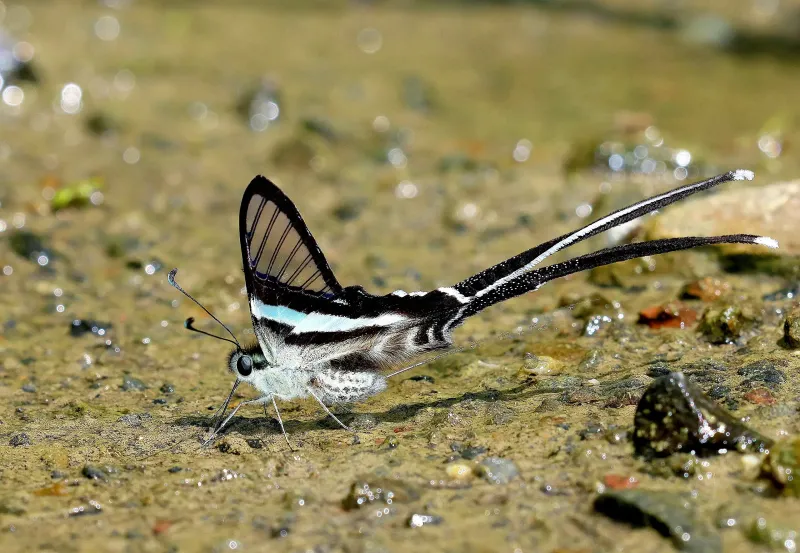
With transparent wings and flowing green tails that stream behind them like ribbons, green dragontails create an ethereal sight in Asian rainforests. Their unusual wing shape evolved to confuse predators – the long tails draw attacks away from their vulnerable bodies.
Unlike most butterflies that flutter, dragontails fly with direct, rapid wingbeats more similar to dragonflies. This unique flight pattern helps them navigate dense forest undergrowth while making them harder for predators to track.
11. Vietnamese Mossy Frog
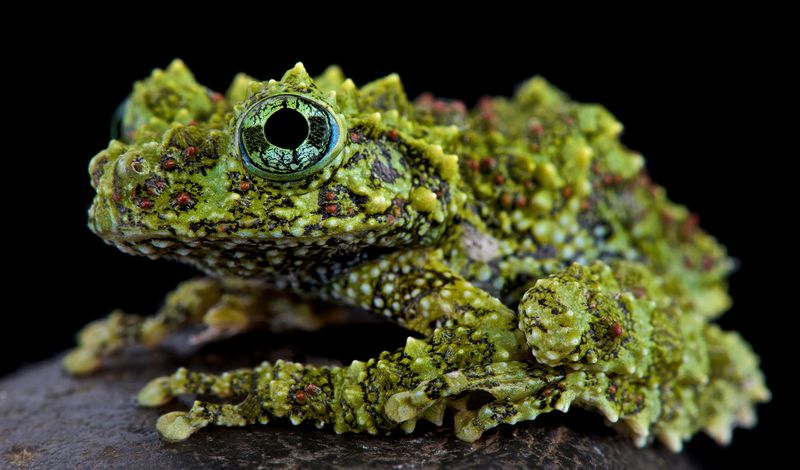
Master of disguise doesn’t begin to describe these incredible amphibians. Their warty skin mimics moss so perfectly that entire colonies can hide in plain sight on rocky outcrops. When threatened, they curl into a ball, further enhancing their resemblance to a moss-covered stone.
Beyond their visual camouflage, these frogs can hold their breath underwater for up to an hour when danger approaches. Their mottled green and black pattern breaks up their outline, making them nearly impossible to spot even for the trained eye.
12. Emerald Katydid
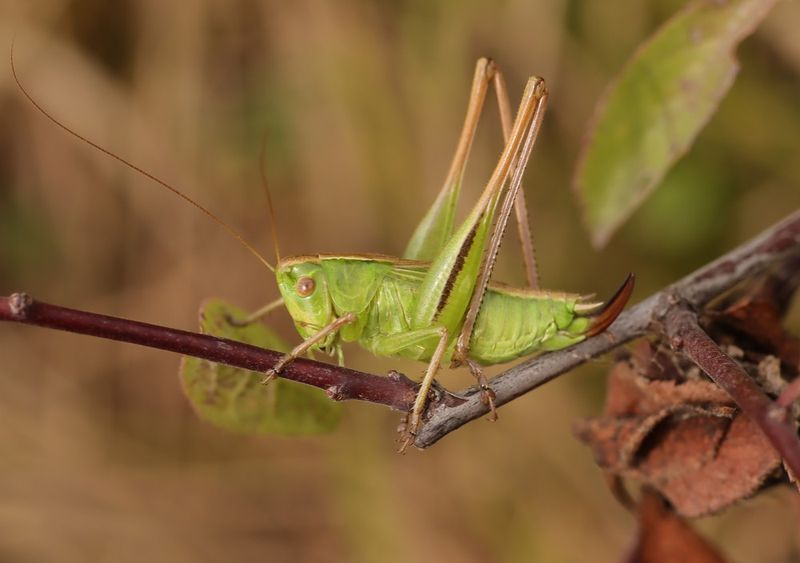
Looking exactly like a living leaf complete with veins and occasional brown spots, emerald katydids represent camouflage perfection. Some species even mimic leaf damage or fungal spots to enhance their disguise – evolution’s attention to detail at its finest!
Males produce complex songs by rubbing specialized wing structures together, creating sounds that can travel over 400 yards through dense forest. Each species has a unique acoustic signature that helps females identify appropriate mates in the darkness.
13. Green Huntsman Spider
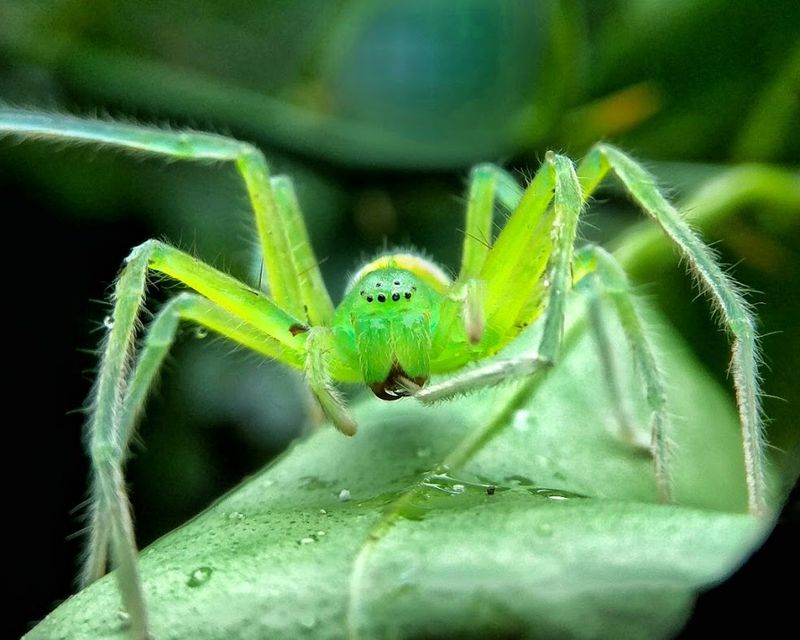
Unlike the typical brown huntsman spiders that send people screaming, the green huntsman uses its vibrant coloration to disappear among leaves while hunting. Their flattened bodies allow them to squeeze into incredibly narrow spaces – including under bark or between leaves.
These spiders don’t build webs but actively hunt prey with incredible speed. Their specialized leg joints allow them to move sideways like crabs, giving them unparalleled mobility when chasing insects or escaping threats.
Native to Australia and parts of Asia, some species can reach a leg span of 6 inches. Despite their intimidating size, their venom poses little threat to humans – their green evolution focused on camouflage rather than toxicity.
14. Green-Blooded Skink
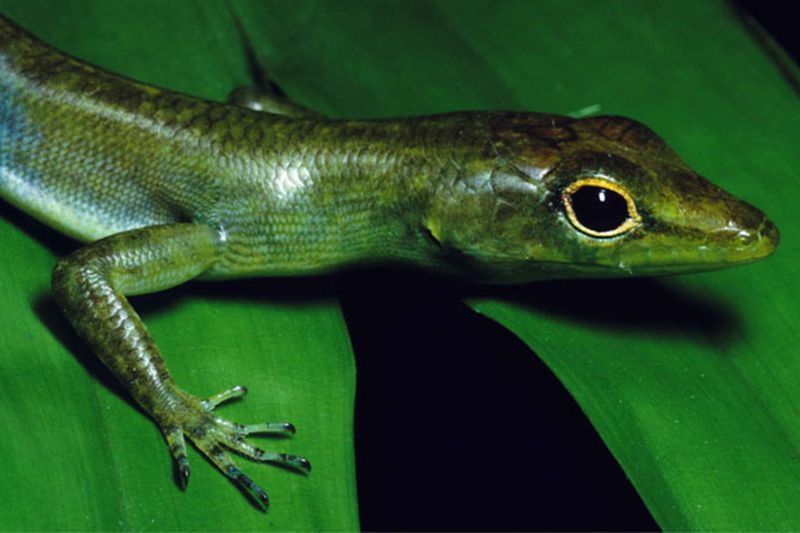
Cut one of these lizards and you’ll witness something shocking – bright green blood! Their muscles, bones, tongues and other tissues also glow with an intense green color that seems almost supernatural.
Scientists discovered their green blood comes from extremely high levels of biliverdin – a toxic waste product that would kill most animals. Why they evolved this bizarre trait remains mysterious, but it might provide protection against malaria parasites common in their habitat.
15. Eastern Green Mamba
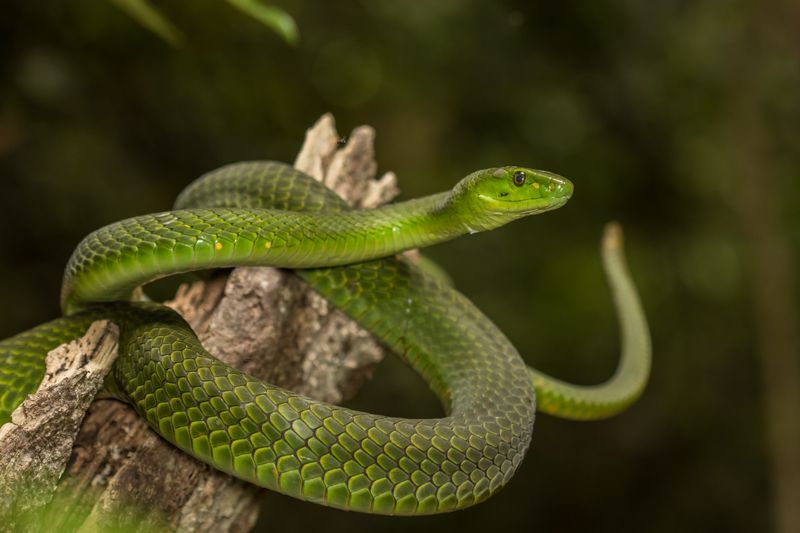
Slender and vivid green, these highly venomous snakes move through African forests with terrifying grace and speed. Their coloration provides perfect camouflage among leaves while they hunt birds, bats, and small mammals in the canopy.
Unlike many venomous snakes that warn before striking, green mambas rely on stealth. They can strike repeatedly with surgical precision, delivering neurotoxic venom that causes respiratory failure. A single bite can deliver enough venom to kill several humans.

